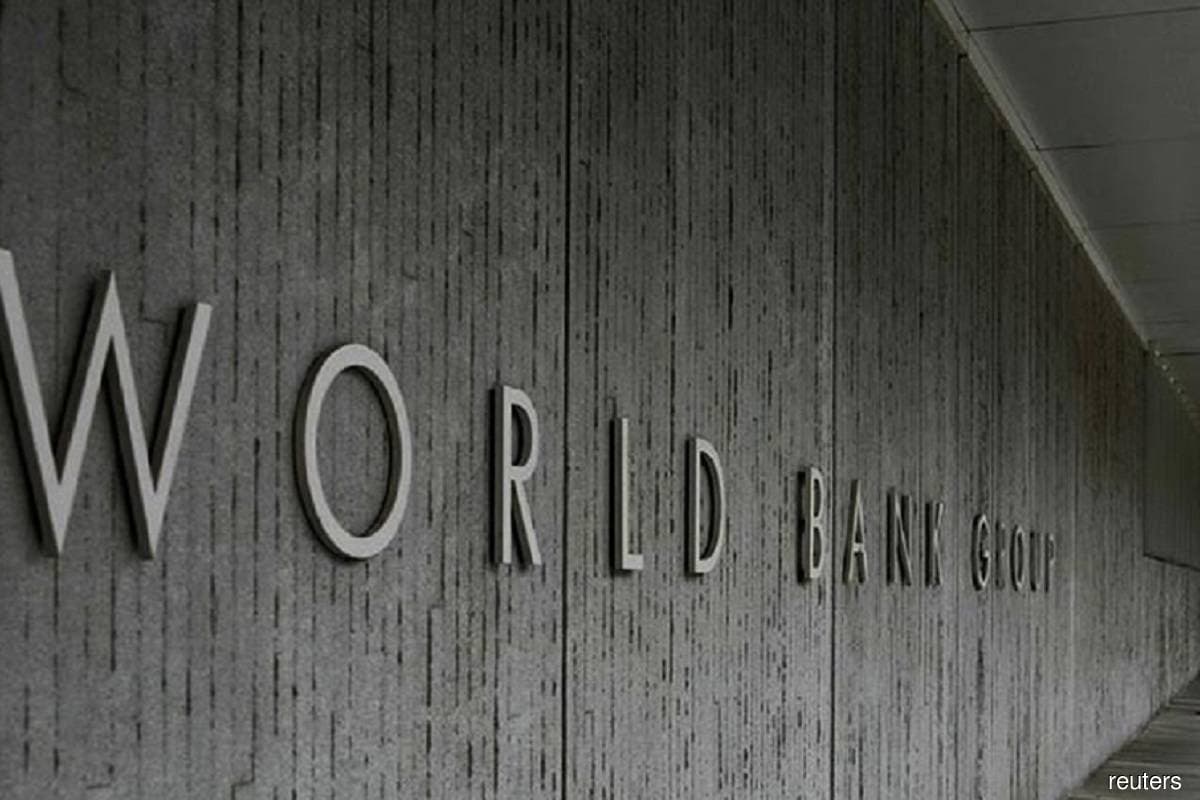
KUALA LUMPUR (Dec 1): Remittances to low- and middle-income countries (LMICs) withstood global headwinds in 2022, growing an estimated 5% to US$626 billion (RM2.76 trillion).
This is sharply lower than the 10.2% increase in 2021, according to the latest World Bank Migration and Development Brief.
The World Bank said remittances are a vital source of household income for LMICs.
It said they alleviate poverty, improve nutritional outcomes, and are associated with increased birth weight and higher school enrolment rates for children in disadvantaged households.
Studies show that remittances help recipient households to build resilience, for example through financing better housing and to cope with losses in the aftermath of disasters, it said.
The bank said remittance flows to developing regions were shaped by several factors in 2022.
It said a reopening of host economies as the Covid-19 pandemic receded supported migrants’ employment and their ability to continue helping their families back home.
Rising prices, on the other hand, adversely affected migrants’ real income.
Also influencing the value of remittances was the appreciation of the rouble, which translated into higher value, in US dollar terms, of outward remittances from Russia to Central Asia.
In the case of Europe, a weaker euro had the opposite effect of reducing US dollar valuation of remittance flows to North Africa and elsewhere.
In countries that experienced scarcity of foreign exchange and multiple exchange rates, officially recorded remittance flows declined, as flows shifted to alternative channels offering better rates.
World Bank global director for social protection and jobs Michal Rutkowski said migrants help to ease tight labour markets in host countries while supporting their families through remittances.
“Inclusive social protection policies have helped workers weather the income and employment uncertainties created by the Covid-19 pandemic.
“Such policies have global impacts through remittances and must be continued,” he said.
The World Bank said growth in remittance flows is estimated at 9.3% for Latin America and the Caribbean, 3.5% in South Asia, 2.5% in the Middle East and North Africa, and 0.7% in East Asia and the Pacific.
It said that in 2022, a single country, namely India, for the first time is on track to receive more than US$100 billion in yearly remittances.